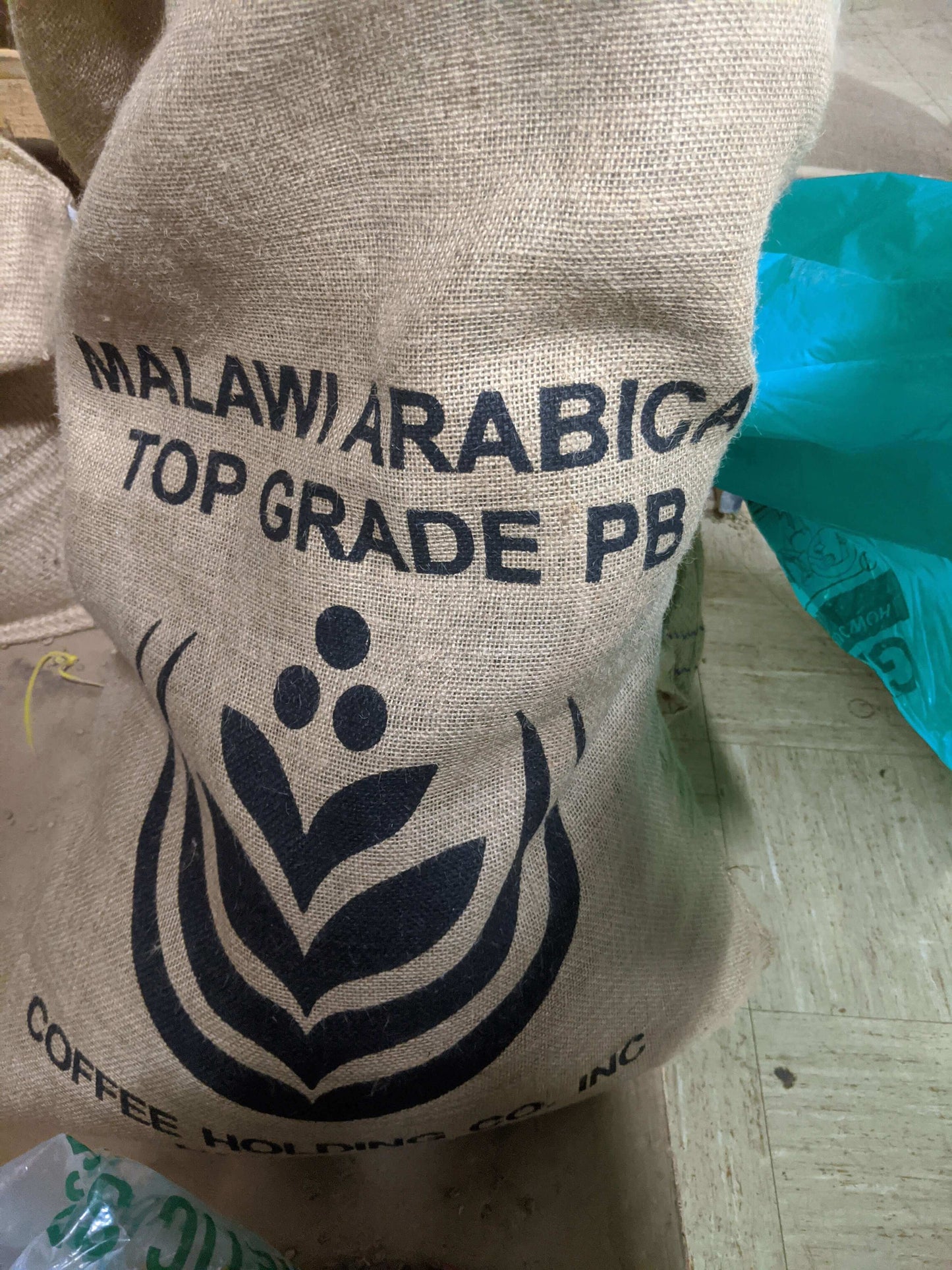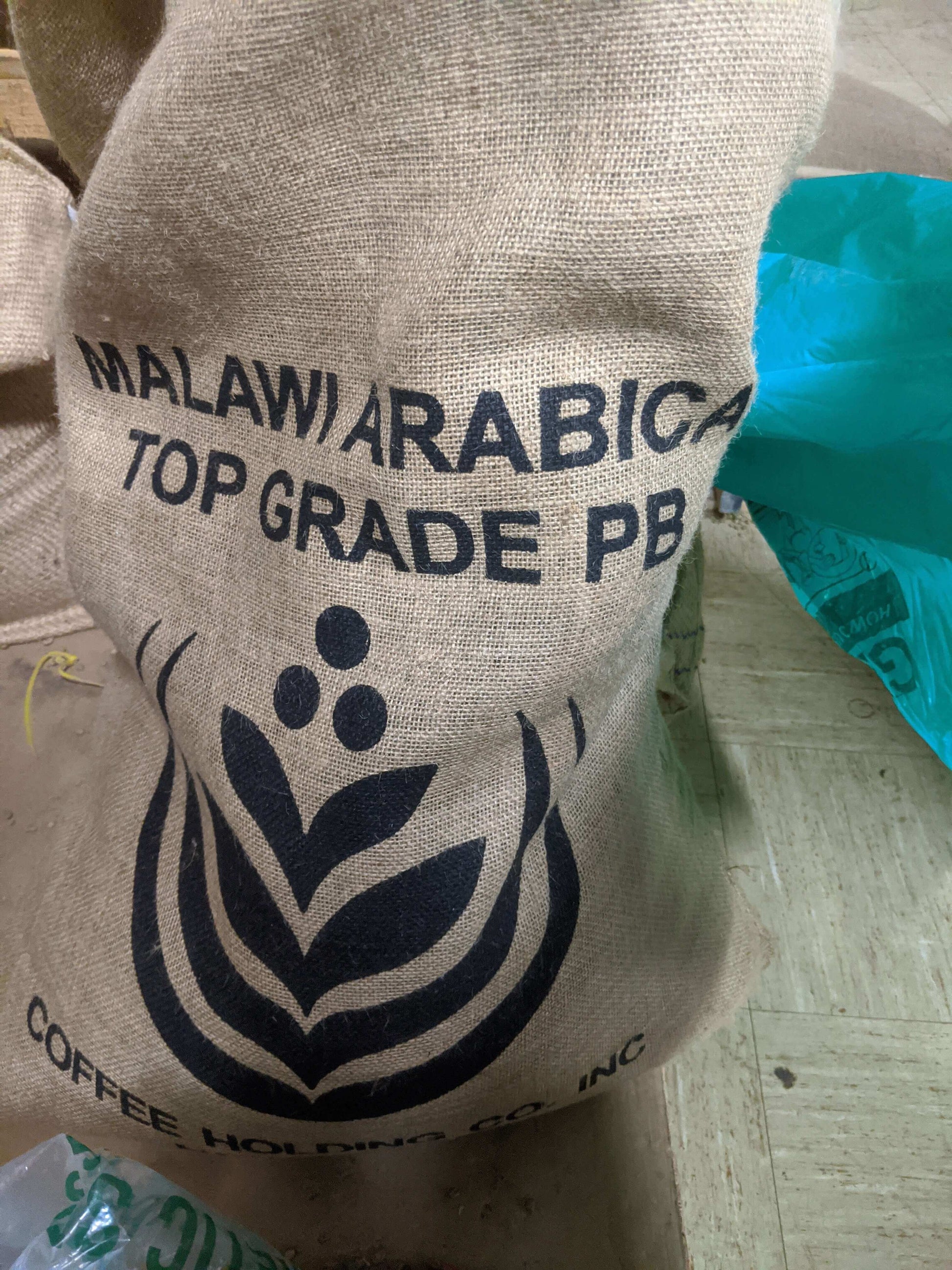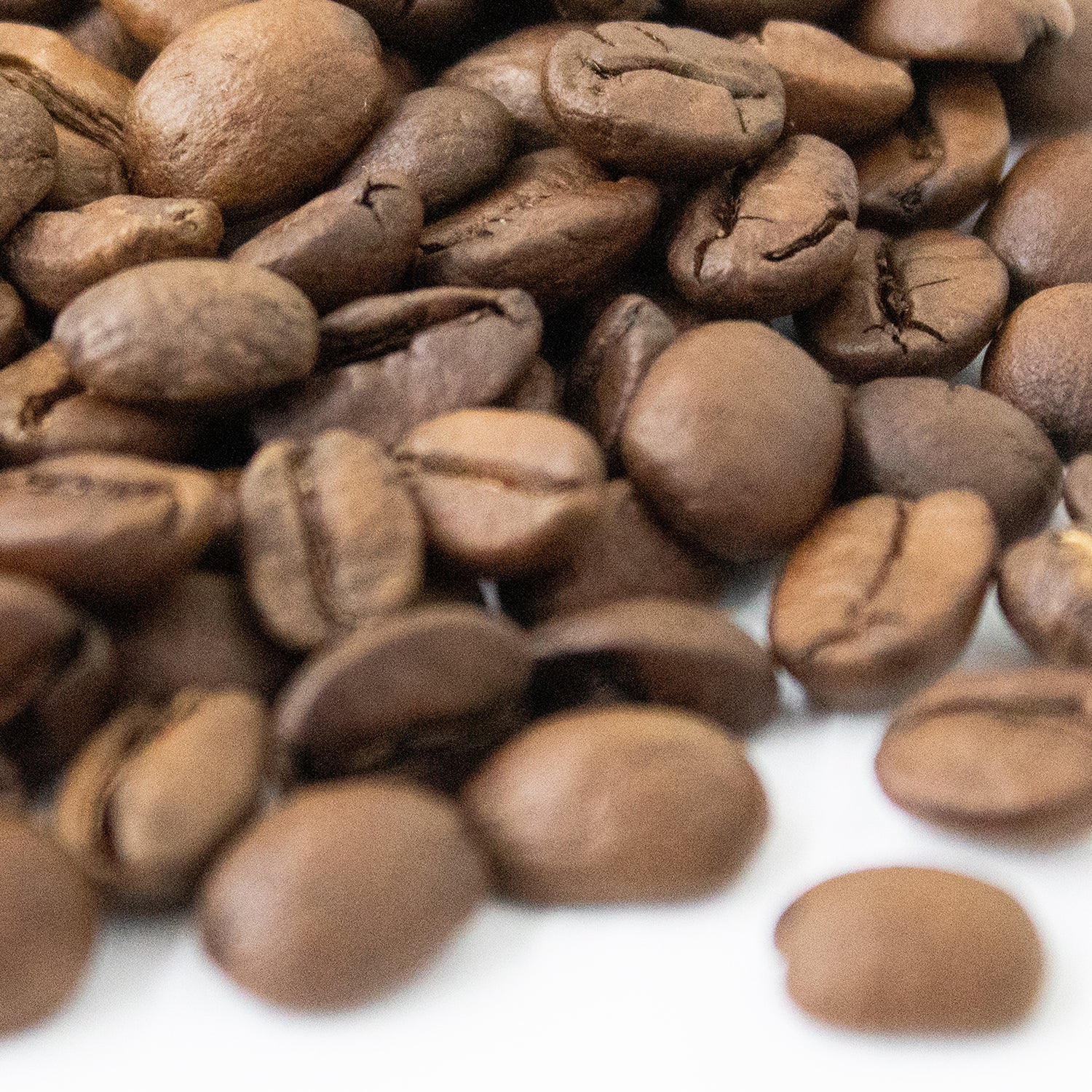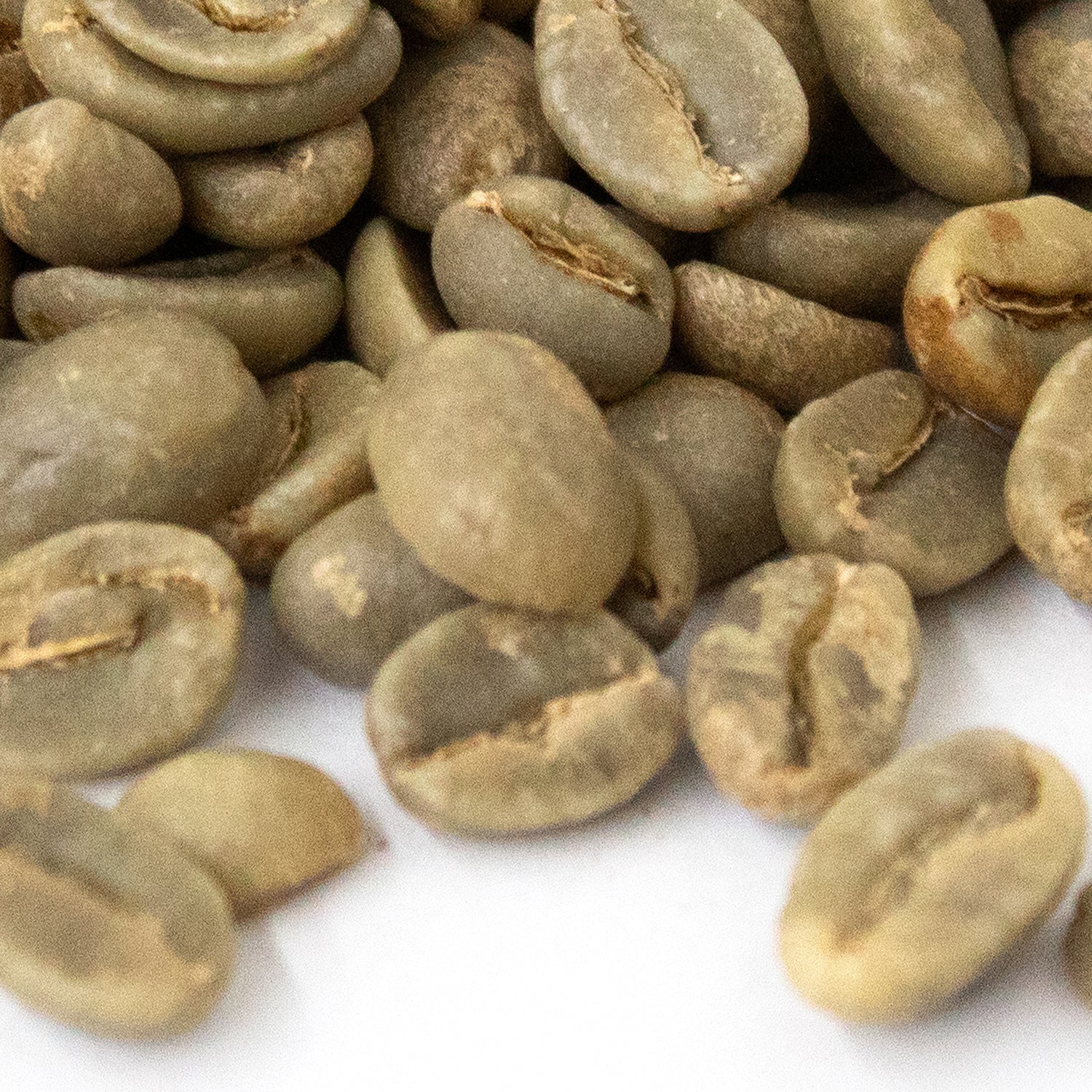African
Malawi Mapanga
Malawi Mapanga
Malawi is just beginning to gain credibility in the specialty coffee market. There are a few up and coming Malawi coffee groups, but your best bet is from the Mapanga Estate. It is currently the model for all the other coffee growers in the country. Malawi is a landlocked, very small nation, with a very small coffee crop. It borders Tanzania in the north; but Mapanga Estate is in the south, almost over into Mozambique and Zimbabwe. You would expect that the northern Malawi coffee (Mzuzu for example) would be the better coffee, and someday maybe it will be, but one advantage of the south is the altitude. The coffee at Mapanga enjoys altitudes of 7000 feet and higher, whereas the coffee in the north grows at altitudes of 3,000-6,000 feet (still plenty high for growing great coffee...but 7,000-8,000 feet is extraordinary).
This is a WASHED process coffee, so it's less fruity, but has a fuller body than say, a natural Ethiopia. I would compare it most closely to a Rwanda. There is a gentle caramel sweetness to it, just the right initial zip of acidity that fades away, a pleasant juiciness in the taste, and a clean sweet finish. The beans are top grade, sorted by size and are a pretty bluish hue. The bag says AA, but apparently Malawi uses its own sizing system, because these would be considered an A in most countries. Nonetheless, they're pretty easy to roast.
Roasting Tips:
This bean cracks later, develops for longer, than you might expect. Don't be alarmed if color progression and cracks come at a higher temperature than you're used to. Even 45 seconds past the 1st cracks, there continues to be a raw green pepper taste in the bean, and mottled color. Once the beans are evenly browned, it needs a little more time, but it's getting close. On my roaster, 1st cracks ended at 393 degrees. The beans continued to taste raw all the way through 410 degrees. At 412 the aroma was mesmerizing, and the brew tasted pleasant and crisp. At 415 the mug was rich and sweet with complexity of caramel and blackberry cordial. At 418 the blackberry started turning into red wine, and then the 2nd cracks started at 420 at which point it started losing complexity and turning flat. And then as almost French Roast at 438 it was sweet and very nice, no bitterness or ashy tastes, which is similar to a Burundi or Rwanda or other washed African coffee at that level. But basically, the sweet spot is when the roast is on the verge of, but not yet starting, the 2nd cracks. Full City, as the professionals would say. If you miss that off-ramp, the next one is at French.
US Arrival December 2019








